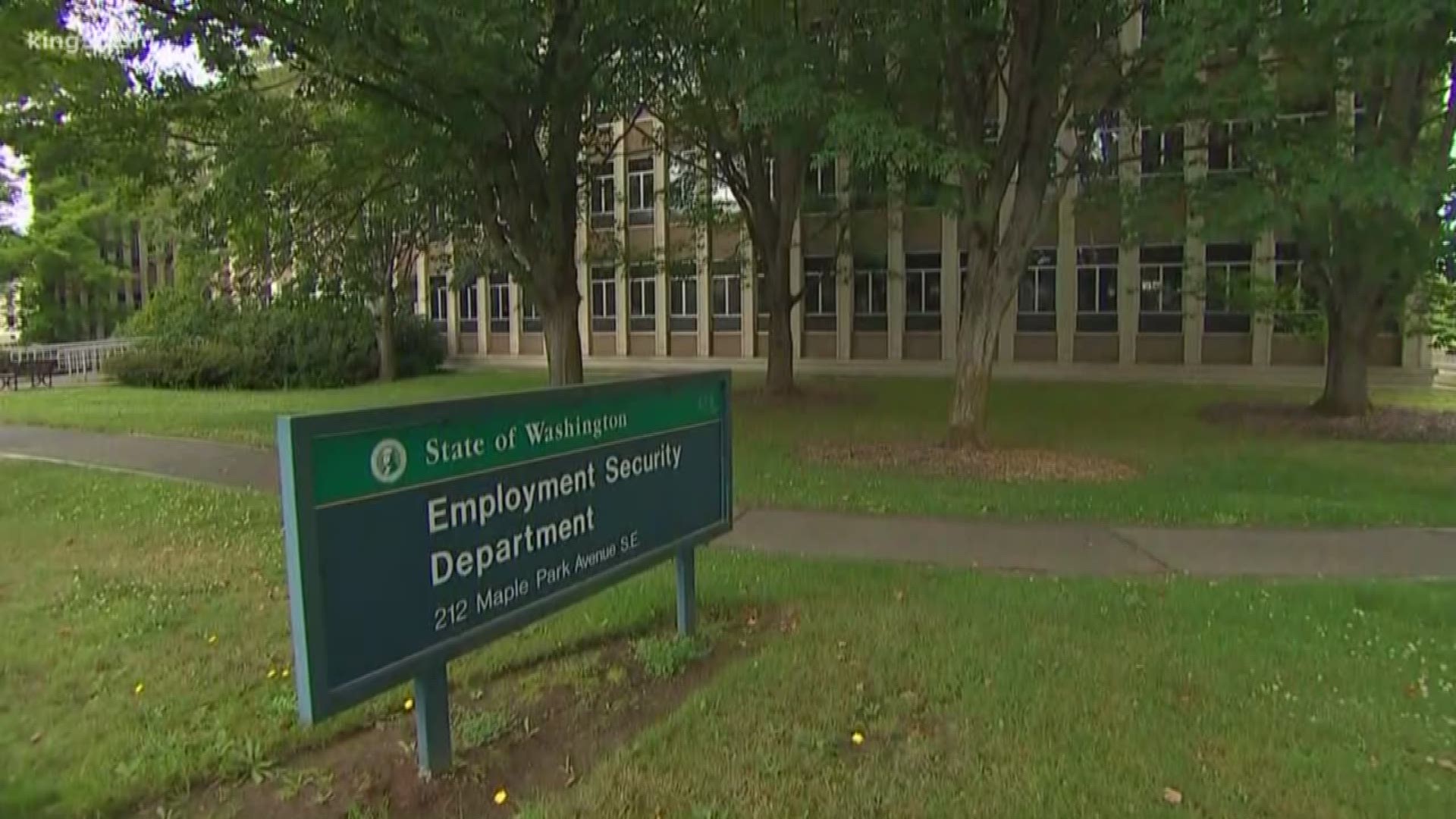Today the Montgomery County Council in Maryland voted unanimously to raise the county’s minimum wage to $15 per hour.
The vote comes after the County Executive vetoed the Council’s previous passage of a $15 wage earlier this year, citing concerns over how the high wage would impact businesses, as well as putting the County in a competitive disadvantage with neighboring counties. At that time, the Council did not have the votes needed to override the veto. Given the unanimous vote this time, that likely will not be a problem.
While minimum wage advocates celebrate and the County Council pats itself on the back, an important news story from New York City, which passed a $15 minimum wage law for fast-food workers that took effect in 2016, has gone mostly unnoticed.
According to Labor Department data, employment growth at fast-food establishments in New York City has been cut in half over the past year, and is now two-thirds below its 2011 rate.
The decreased employment rates are in spite of the fact that the number of fast-food businesses in New York City is rapidly increasing.
So the City is gaining more and more fast-food establishments, but losing more and more fast-food jobs. How is this possible? Automation.
In response to the city’s high minimum wage mandate, fast-food operators are choosing to automate. For example, the newest Shake Shack in the city only has kiosk ordering available. The store keeps a few employees on the clock to help customers navigate the new kiosk ordering system, but there are significantly fewer employees than in Shake Shack’s other locations in the city.
It isn’t just the fast-food businesses that are cutting down on their work force in response to the higher mandated wage. The businesses that supply the fast-food stores are also embracing automation as a way to reduce their costs, so they can pass those savings on to the restaurants. One produce supplier has invested $200,000 into machinery that peels onions, dices tomatoes and cuts carrots. That investment has paid off so well, he is planning to buy another $400,000 worth of equipment. As the supplier put it, “With the minimum wage going up, I figure there’s no way a fast-food place can sell a burger for $2.99 unless they hire someone like us.”
As policy makers and labor advocates in Montgomery County claim victory with passage of the county’s new $15 wage, it is worth noting who really wins and who loses with a $15 minimum wage.
Clearly New York City’s $15 minimum wage has not dampened the growth of the fast-food industry. The winners there are the fast-food businesses that are doing well enough to grow at a record pace, and the government, which enjoys more tax revenue as a result. The losers are the low-skill (and usually young) workers who used to rely on those entry-level jobs to get the experience they need to command higher wages in the future.





